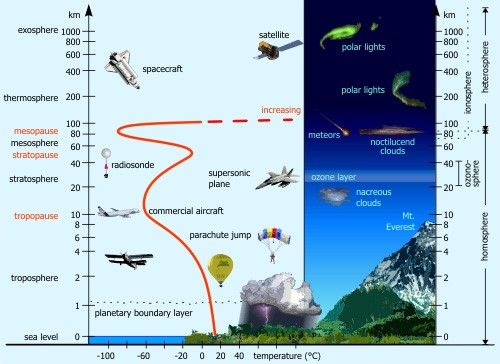In 2004, at the time of the release of the film "The Day After Tomorrow, " the feeling persisted that such a plot was a fantasy, an exaggeration, or just a horror story. Today we live in a world where the Philippian Greta Thunberg has already become a recent history , where the Victoria Falls have become shallow in a record , and an outbreak of anthrax has been recorded in the Yamal Peninsula - the disease has survived in the corpse of a reindeer, which has lain for many years in the permafrost, which is now melting more and more. Literally at the time of this writing, we read about the unprecedented weakening of the Gulf Stream . The book " Uninhabited Land " in 2020 became a bestseller according to the "New York Times", and back in 2020 was published in Russian.
But such are the genres of science fiction and post-apocalypticism, and along with them - and environmental discourse - that the truly formidable consequences of global warming remain in the shadows, since they are not too spectacular, stretched out in time and at the moment are unlikely. Even less likely than the plot of The Day After Tomorrow in 2004. I was very surprised at how poorly the issues of the uncontrolled greenhouse effect and the humid stratosphere were disclosed in Runet and practically not disclosed on Habré - and today I want to dwell on them.
Troposphere and tropopause
Let's start with the general arrangement of the atmosphere .

, , , , , (16-17 ), . , 8-10 . , 15° C, -65° . , – .
9/10 , , . :

, , , , 22-25 .
, « » (cold trap). , . , , .
, , . , . .
, – , – . , 2-7 ( ). 2,5 , – 20 , , .
, , " , CO2" (Water loss from terrestrial planets with CO2-rich atmospheres).
, , CO2 . -, CO2 , , . , , 15 4,3 µm, , . , CO2 , , «» , . , . , - : , , , . , .
, . , . 1990- , NASA. , . , , , ( ) -18 , +17 . , , .
CO2, , - CO2 , , , , .
, . , , . , , . - , , , – , .
, , . 25 , , .
, , :
1. ,
2. , , . .
3. , . , , .
, .
, , . , . , , . : , () . , , , . , 1400 K (1127 °); , , .
1967 1969 , , . 1988 1990- , , 1992 . , , – – . , , . , , . 290 K (17 °), – 10%. 300 K (27 °), 310 K (37 °) 330 K (57 °) 1,5, 2,7 21 .
, 2013 2015 , , ( , , , ) , 350-370 K (77-97 °), (2015). , , , , 363 K (90 °). , 350 K (77 °) . , 373 K (100 °) , , - .
, , 330 K (54-57 °). 20 , . 15,5%, , , 1,5 . , - . , , .
, , , -, . 2015 , , 2 ° – 40 °. , , , . , , , , , .